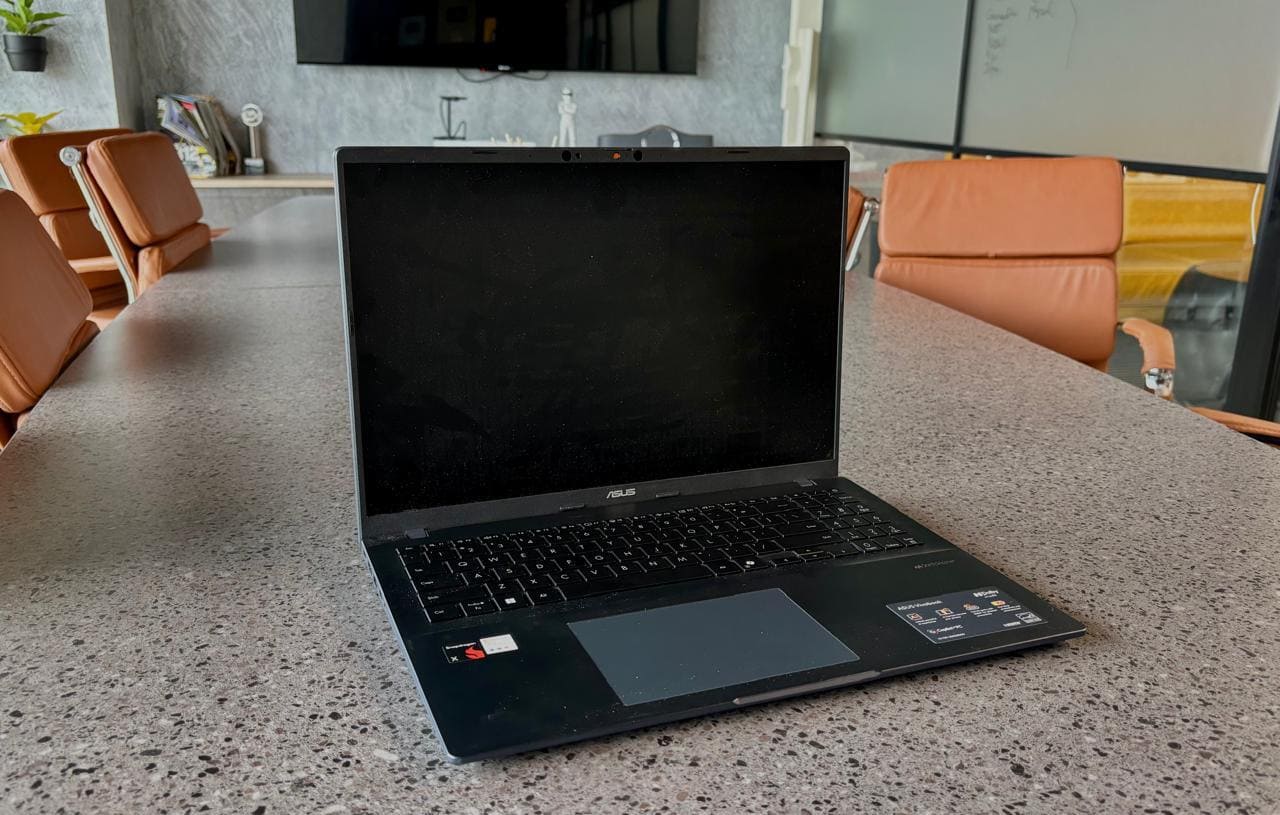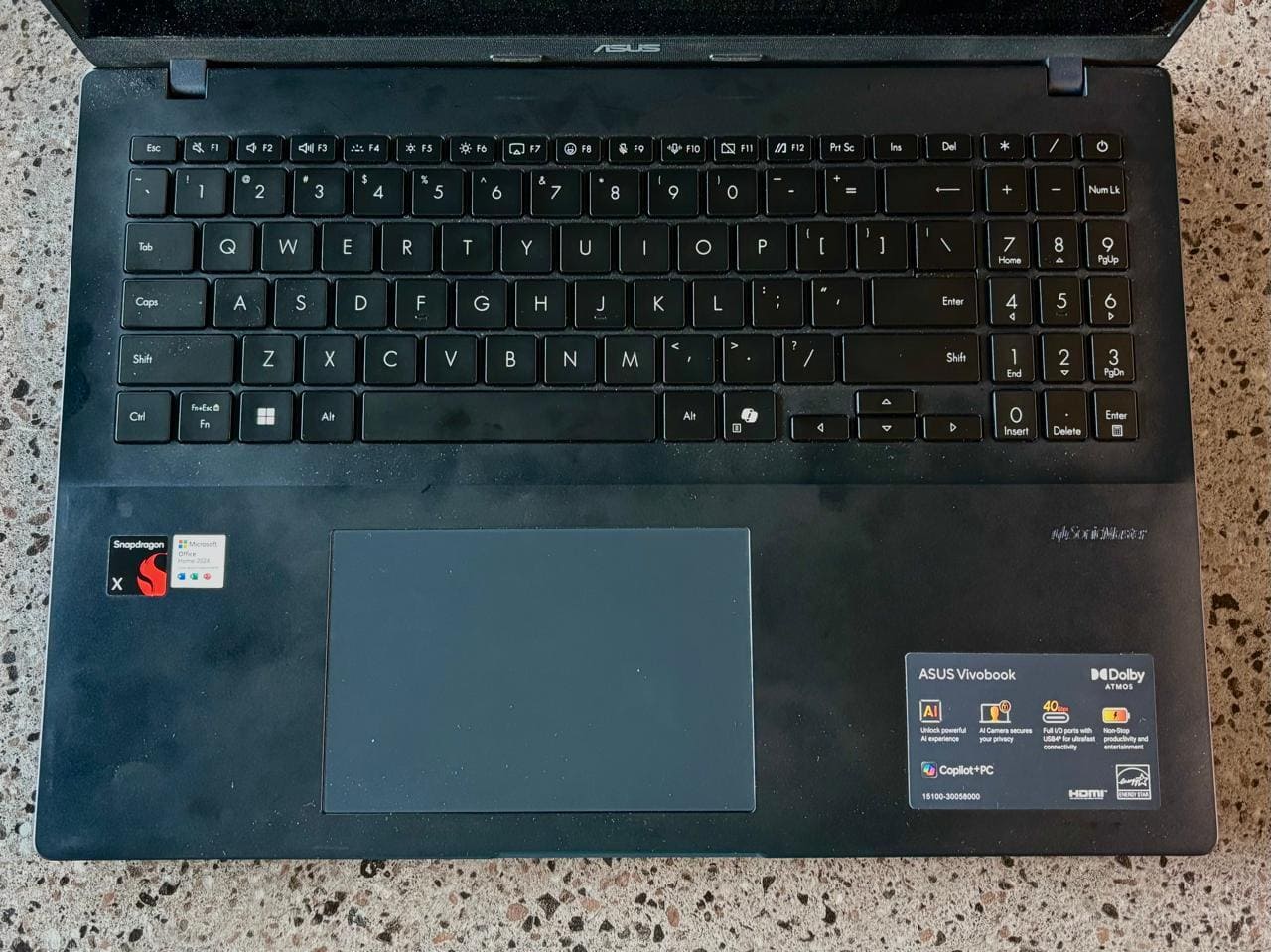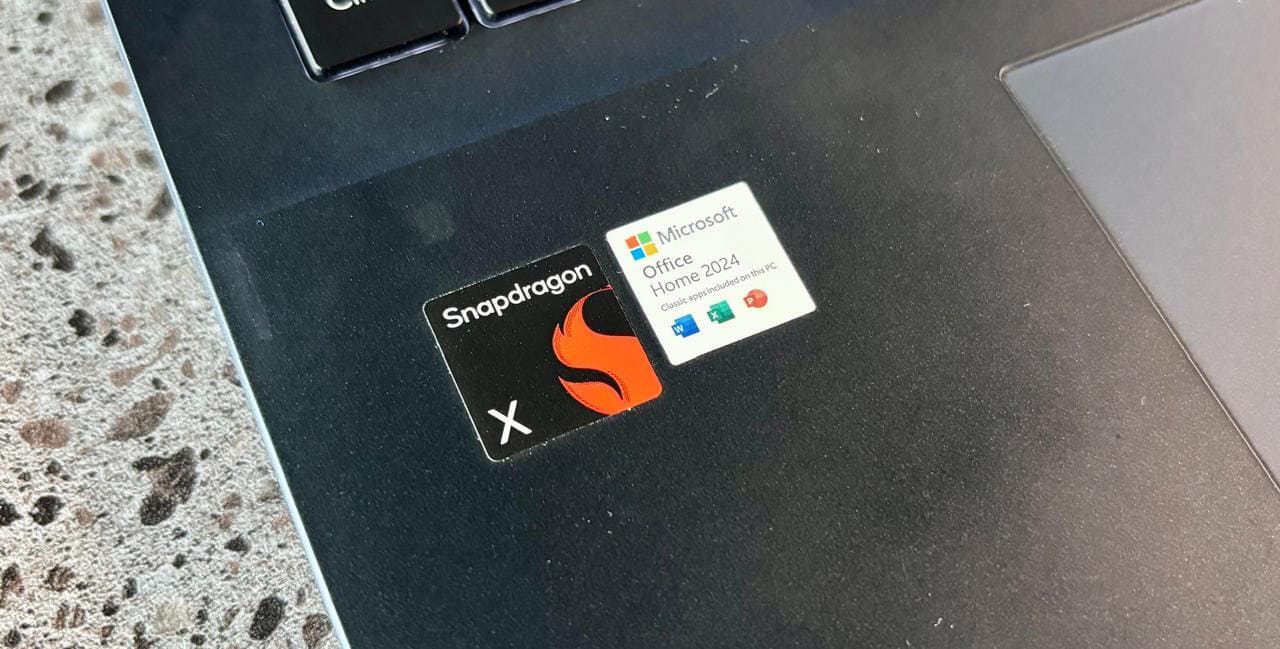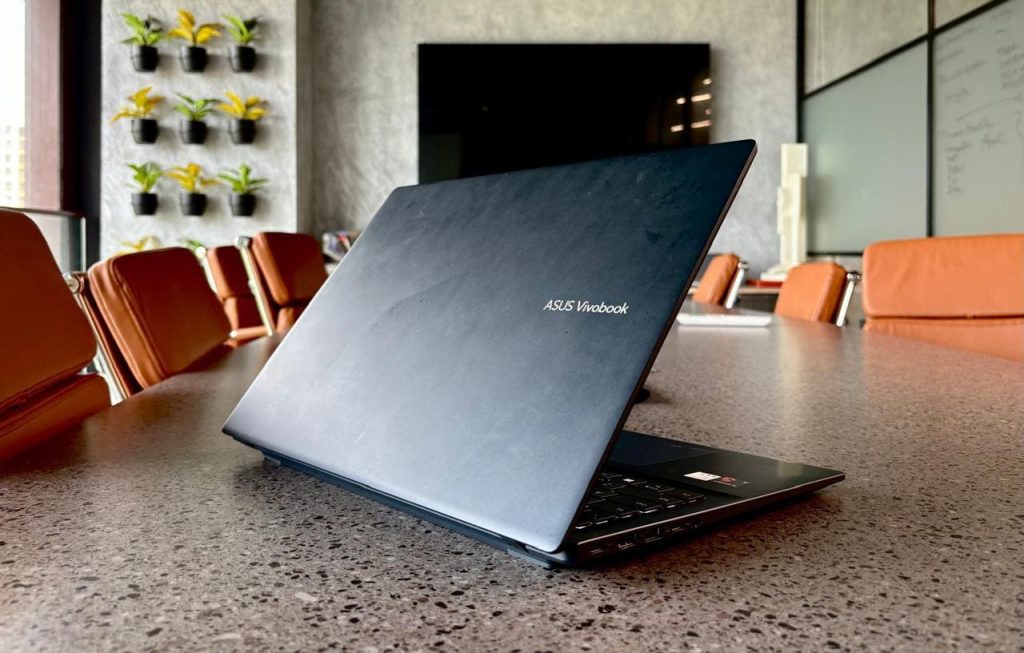The ASUS Vivobook 16 is a solid choice in the budget laptop market, delivering great portability, battery life (10–14 hours), and performance for everyday tasks. Its Qualcomm Snapdragon X processor is efficient for office work and web browsing, complemented by a full-sized keyboard and good port selection. However, the display is less suitable for creative work, and performance struggles with heavy multitasking or gaming. Priced ₹59,990, it offers good value compared to x86 competitors. While not the top performer, its balance of efficiency and affordability makes it a strong option for students and casual users.
The Good
- Efficient Qualcomm Snapdragon X processor
- Ample 16-inch FHD+ display for multitasking
- Impressive all-day battery life
- USB-C and HDMI connectivity
The Bad
- Functional design lacks elegance
- Limited brightness for outdoor use
- Can lag with heavy multitasking
-
Build & Design
-
Performance
-
Battery
In 2025, the ASUS Vivobook 16 (X1607QA) stands out as a strong contender in the budget laptop market, powered by Qualcomm’s Snapdragon X processor. This ARM-based chipset offers a combination of efficiency and performance that could change the expectations for affordable Windows laptops. However, the question remains: does it deliver the performance needed to meet its ambitions, or does it struggle under pressure? Let’s assess the overall value of the Vivobook 16 to determine if it is truly a game-changer.
Design and Build
The ASUS Vivobook 16 (X1607QA) sports a minimalist, functional design that prioritizes practicality over flashiness. The matte-finish exterior resists fingerprints and smudges, making it suitable for daily use. Weighing approximately 1.88 kg and measuring 1.79 cm (0.7 inches) thick, it’s reasonably portable for a 16-inch laptop, though it’s not as elegant as premium ultrabooks. The plastic chassis, while sturdy under normal conditions, shows slight flex under significant pressure, a reminder of its budget positioning. Despite this, the build quality feels reliable, with ASUS incorporating a silver-ion antibacterial coating on high-touch areas, such as the keyboard and touchpad, to enhance hygiene for shared or corporate use.

The 16-inch FHD+ (1920 x 1200) IPS display, featuring a 16:10 aspect ratio and 89% screen-to-body ratio, provides ample screen real estate for multitasking. However, the 60Hz refresh rate and 300-nit brightness fall short for vibrant visuals or outdoor use. The display is functional but lacks the vibrancy of OLED panels found in higher-end ASUS models, like the Vivobook S14.
The full-sized ErgoSense keyboard, complete with a numeric keypad, is a standout feature. The backlit keys are a nice touch, though the visibility is poor without the backlight, which could be an issue in low-light settings. The spacious touchpad supports ASUS Smart Gesture controls, allowing intuitive adjustments for volume, brightness, and scrolling. A flexible 180° hinge adds versatility, making it easy to share the screen during collaborative tasks.

The device offers strong connectivity options, featuring two USB 3.2 Gen 1 Type-A ports and two USB 4.0 Gen 3 Type-C ports that support fast charging. It also includes an HDMI 2.1 port and a 3.5mm audio combo jack. Additionally, the device comes equipped with a Full HD IR webcam that includes a physical shutter for enhanced security. This webcam delivers decent video quality for calls and is supported by AI noise cancellation for clearer audio.
Performance
At the heart of the Vivobook 16 is the Qualcomm Snapdragon X X1-26-100, an 8-core ARM-based processor with Oryon cores clocked at 2.96GHz, paired with a Qualcomm Adreno X1-45 GPU (1.7 TFLOPS) and a 45 TOPS Hexagon NPU for AI tasks. The laptop comes with 16GB of soldered LPDDR5X RAM and a 512GB PCIe Gen 4 SSD. This configuration positions it as a capable machine for everyday tasks like web browsing, office work, and light multimedia consumption.

In real-world testing, the Vivobook 16 handles typical workloads with ease. Office applications (Word, Excel, PowerPoint) run smoothly, with files opening quickly, even in large documents. Web browsing with Microsoft Edge or Chrome remains responsive with up to 20 tabs, including YouTube streaming and Rendering in the background. Video calls on Zoom or Teams are stable, with the laptop staying cool and quiet during extended sessions.
When pushed to its limits with heavy multitasking, such as running multiple browser instances with 70–90 tabs, Spotify, and office apps, the system can feel laggy. This is particularly noticeable when switching between applications or loading complex web pages. The ARM architecture, while efficient, relies on Microsoft’s Prism emulation for x86/x64 apps, which can introduce slight delays and impact responsiveness, especially for non-native software. This makes the Vivobook 16 unsuitable for gaming or intensive creative workloads like video editing.
The 45 TOPS NPU enables AI features like Windows Studio effects (background bokeh, eye contact correction) and Copilot+ functionalities such as Recall, Live Captions, and Cocreator. These perform adequately for on-device AI tasks, offering power-efficient processing compared to GPU-based alternatives. However, deeper Windows 11 AI integration is necessary to unlock the NPU’s potential fully.
Battery Life
Battery life is a highlight of the Vivobook 16, thanks to the power-efficient Snapdragon X chipset and a 50Wh 3-cell Li-ion battery. ASUS claims up to 19.8–27 hours of battery life, although we were able to achieve 14 hours of battery life with moderate daily use. The standby drain is minimal, with only 1–2% battery loss overnight, making it ideal for users who need a laptop that lasts all day without needing a charger.
The included 65W USB-C adapter enables fast charging, achieving 50% battery capacity in just 30 minutes. A full charge takes approximately two hours. ASUS’s MyASUS Battery Health Management feature enables users to limit charging to 80% to help prolong battery life. Additionally, the USB-C Easy Charge compatibility supports various chargers, including power banks, for extra convenience.


